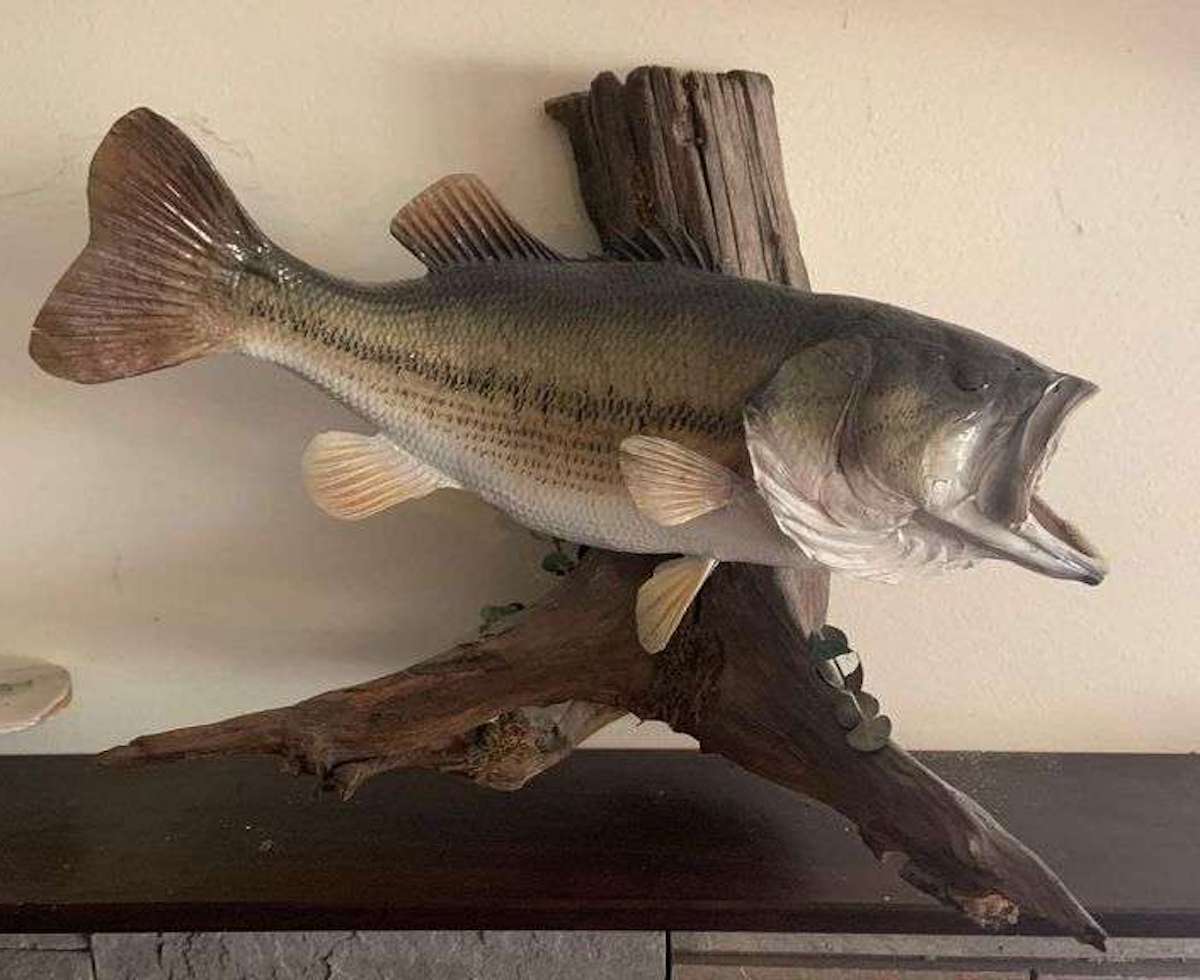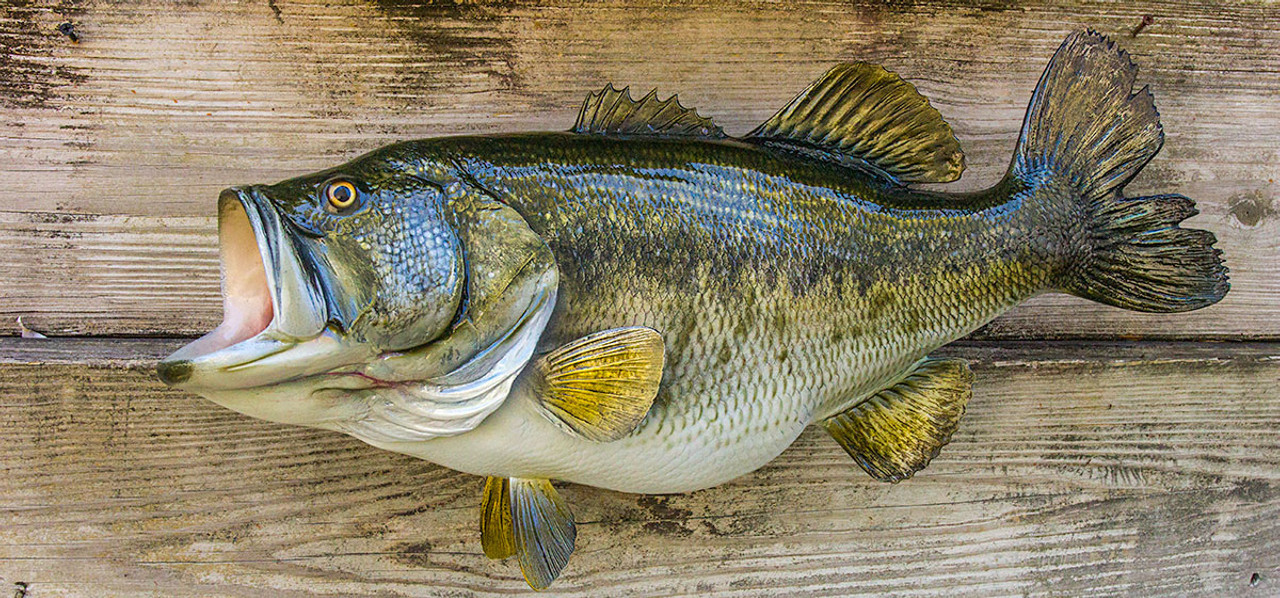OutdoorHub
When Should You Mount That Trophy Bass? A Complete Guide
Trophy bass can be lifetime achievements for anglers, but deciding which fish deserves a permanent place on your wall isn’t always easy.
As someone who once made the costly mistake of mounting a bass too quickly, I’ve developed a strategic approach to help you avoid bass mounting regret.
Ten years ago, while flipping a jig around flooded timber in a small neighborhood pond, I experienced that unforgettable “thunk” moment when a 6-pound largemouth took my bait.
With adrenaline pumping, I rushed straight to the taxidermist without a second thought, spending $400 to immortalize my catch.

Years later, after landing bigger bass, including a 9-pounder in Florida, my once-prized mount ended up collecting dust in the garage. That expensive lesson taught me to be more strategic about which fish truly deserve to be immortalized.
Most anglers make mounting decisions while their adrenaline is still pumping, often leading to regret. Here are a few tips that should help you figure out whether or not to mount your latest toad.
The Regional Trophy Bass Equation
What constitutes a trophy bass varies significantly by region. Simple guidelines like “mount any 5-pounder” or “just mount your personal best” don’t account for different parts of the country. Example: A trophy in Minnesota might be considered average in Florida.
Here’s a breakdown of what constitutes a trophy largemouth bass by region:
Northern Regions (Minnesota, Wisconsin, Michigan)
- Exceptional trophy: 22+ inches or 7+ pounds
- Solid trophy: 20-22 inches or 5-7 pounds
- Worth considering: 18-20 inches or 4-5 pounds
Mid-South Regions (Tennessee, Kentucky, Missouri)
- Exceptional trophy: 24+ inches or 9+ pounds
- Solid trophy: 22-24 inches or 7-9 pounds
- Worth considering: 20-22 inches or 5-7 pounds
Southern Regions (Texas, Florida, Georgia)
- Exceptional trophy: 26+ inches or 10+ pounds
- Solid trophy: 24-26 inches or 8-10 pounds
- Worth considering: 22-24 inches or 6-8 pounds
For smallmouth bass, the standards are more consistent across regions:
Smallmouth Bass (All Regions)
- Exceptional trophy: 22+ inches or 6+ pounds
- Solid trophy: 20-22 inches or 5-6 pounds
- Worth considering: 18-20 inches or 4-5 pounds

Size isn’t everything when deciding whether to mount a bass. Several other factors should help make your decision. Before heading to the taxidermist, ask yourself these four questions:
- Is this truly exceptional for my region? A 6-pound largemouth might be mount-worthy in Minnesota but ordinary in Florida.
- How does it compare to my previous personal best? Only consider mounting a fish that’s at least 10% larger than your previous personal best.
- Does this fish have a special story? Sometimes, a smaller bass caught under extraordinary circumstances or in a special location carries more meaning than a larger one.
- Am I likely to catch a significantly bigger one in the next 5 years? Be honest with yourself. Consider your fishing habits and access to trophy waters.
A Strategic Mounting Policy
After years of experience and one expensive lesson learned, I’ve developed a simple policy for mounting bass:
For largemouth bass: Only mount fish that are either 10+ pounds OR that break my personal best by at least 1.5 pounds.
For smallmouth bass: Only mount fish that are either 6+ pounds OR break my personal best by at least 1 pound.
For all bass: Take detailed documentation (measurements and multiple photos) of any bass within 10% of these thresholds, just in case you want a replica later.
This approach ensures you only commemorate truly special catches while maintaining the flexibility to celebrate meaningful milestones without cluttering your walls—or garage—with mounts you’ll later regret.

Skin Mount vs. Replica
While not the main focus of this article, it’s worth understanding your mounting options:
Skin mounts use the actual skin of your catch but require harvesting the fish and tend to deteriorate over time. They typically cost around $15 per inch.
Replicas are made from synthetic materials based on photos and measurements, allowing for catch and release. They’re more durable and generally cost about $20-$30 per inch.
If conservation is important to you, replicas are a better choice. For either option, you’ll need:
- Accurate length and girth measurements
- Multiple clear photos from different angles
- Weight (if possible)
The Bottom Line
That bass may feel like a once-in-a-lifetime catch in the moment, but take a breath before making a $300 decision you might regret. Use the regional standards and significance factors outlined above to make a more objective decision about which fish truly deserve a place on your wall.
By following this strategic approach, you’ll ensure that each mounted bass represents a genuinely significant achievement in your angling career, not just a fleeting moment of excitement that later collects dust in your garage.
The post When Should You Mount That Trophy Bass? A Complete Guide appeared first on OutdoorHub.


